The abandoned palaces of Europe will take your breath away
These grand manors stand deserted
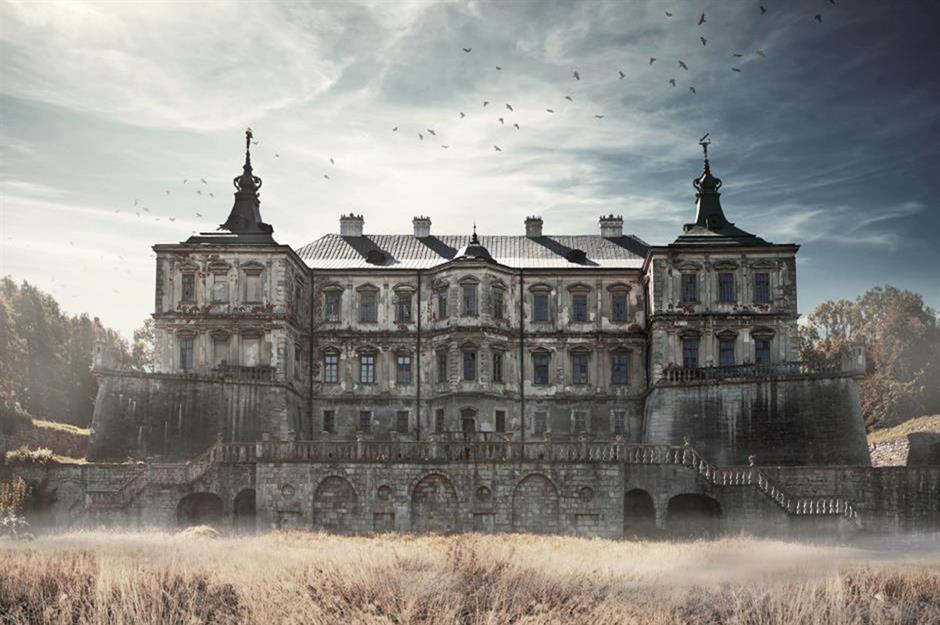
With their beautiful turrets, elegant fireplaces and grand stairways, it's hard to understand how these beautiful European palaces ended up being forsaken by their owners. Whether half-finished, deserted during a war or wrapped up in a mystery lost through time, these regal buildings are still standing in spite of it all. Let's take a look inside...
Chateau Miranda, Namur, Belgium
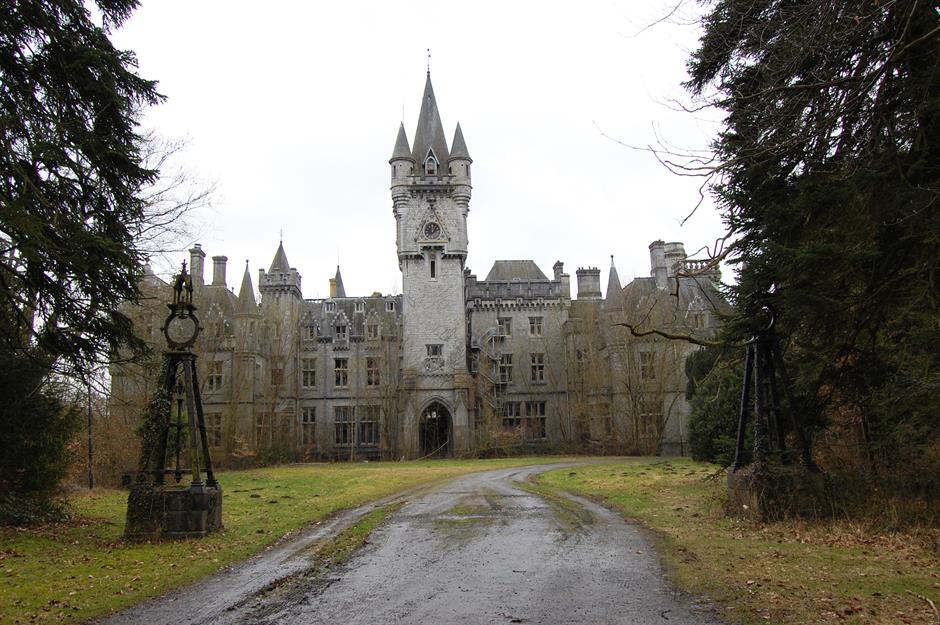
Located in the village of Celles in Belgium, Chateau Miranda was designed in 1866 by English architect Edward Milner for the Liedekerke-Beaufort family. In the Second World War it was taken over by Nazi forces, then used as an orphanage, followed by a holiday camp. With its creepy past and Gothic looks, this old castle could be straight out of a fairy tale...
Chateau Miranda, Namur, Belgium
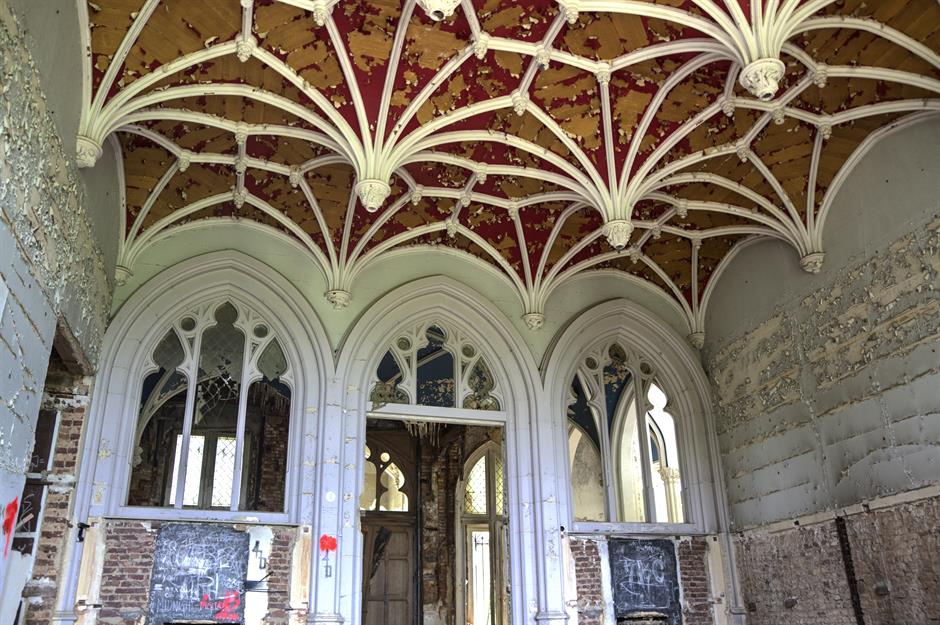
These pictures capture the magic of the interior, still beautiful despite showing real signs of decay. This elaborate Neo-Gothic ceiling still packs a punch even with the peeling paintwork and the perfect pointed arches are beautifully detailed. The house was full of such gems, now sadly lost: the house was knocked down only a few years ago...
Chateau Miranda, Namur, Belgium
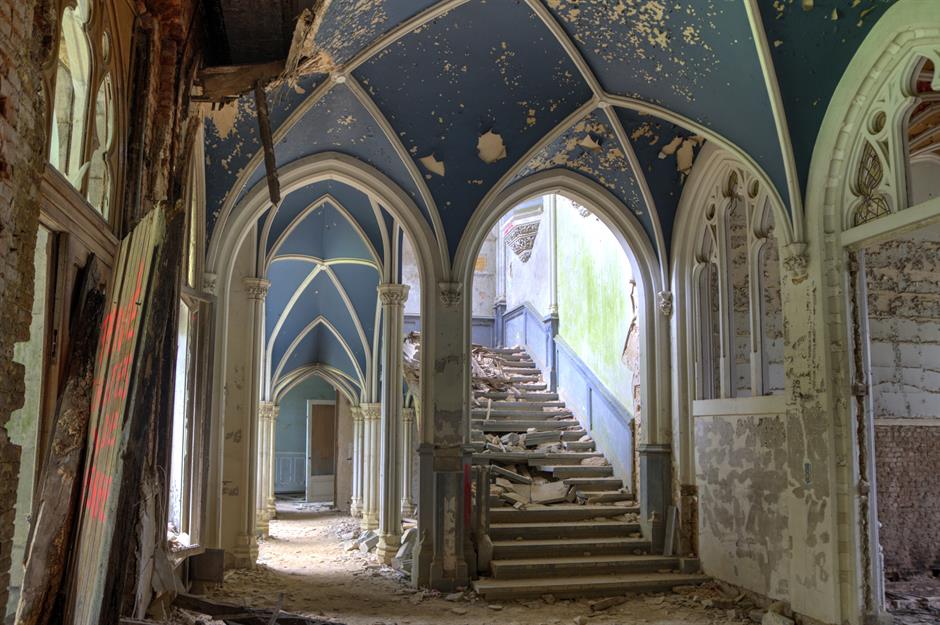
So how did this fine house come to such a sorry end? Although the chateau had all the right ingredients to become a luxury hotel, the last owners still couldn't find the funds needed for the extensive renovations, and they finally shut the doors on the house in 1991. The four-floor structure then suffered a fire in 1995, which damaged the roof and other parts of the grand building.
Chateau Miranda, Namur, Belgium
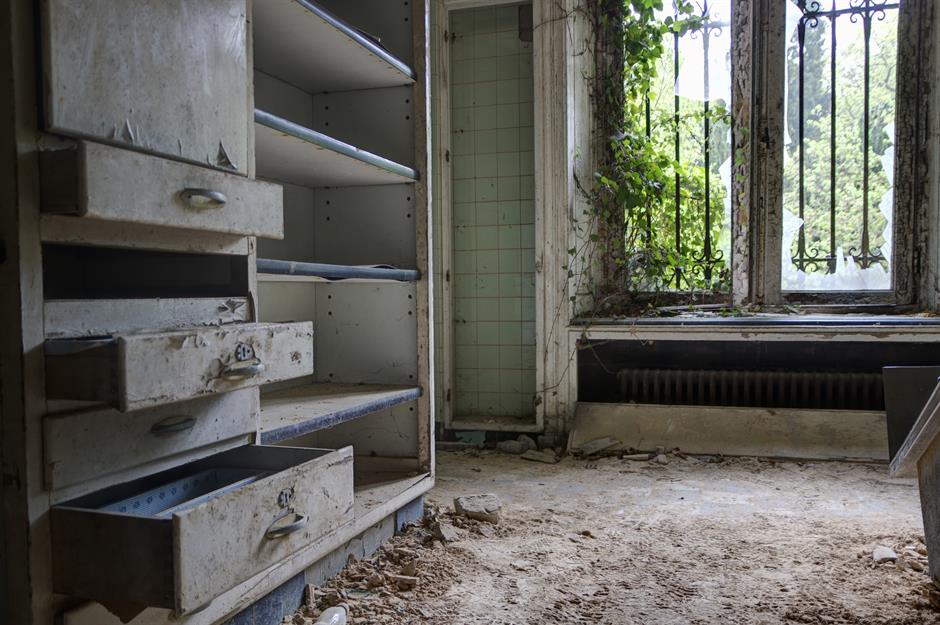
In December 2013, the family applied for a license to demolish the castle. Work began in 2016, with the structure being completely demolished in 2017. Even though it had been abandoned for over two decades, the hands on the clock tower still worked perfectly right up until the day of its demise.
Love this? Check out these huge abandoned castles you can actually buy
Chateau Secession, Somme, France
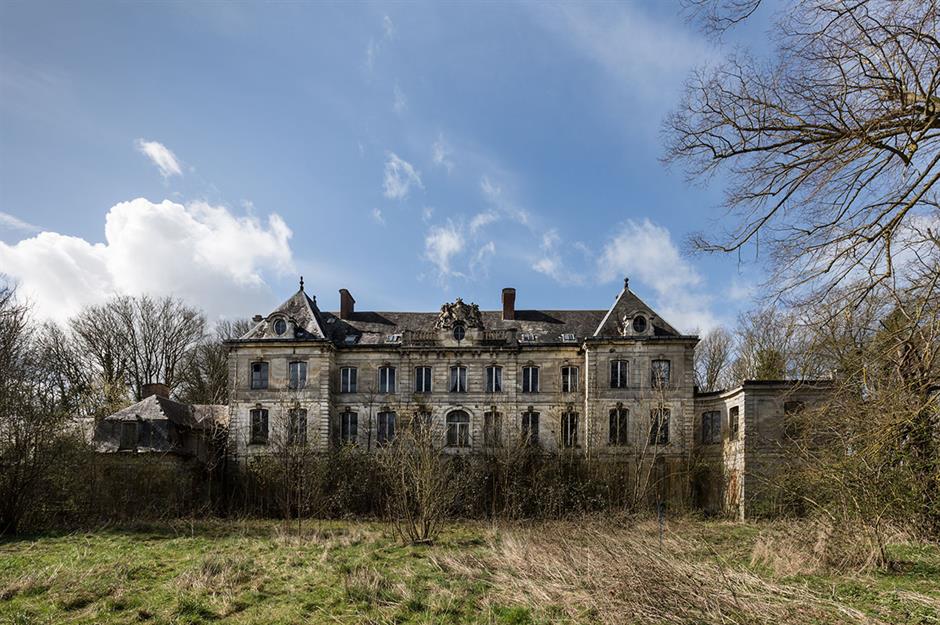
Dating all the way back to the 12th century, Chateau Secession has been passed through numerous wealthy families over the centuries. With many of the original buildings having been replaced over time, the foundations for the existing building were laid in the 1750s.
Chateau Secession, Somme, France
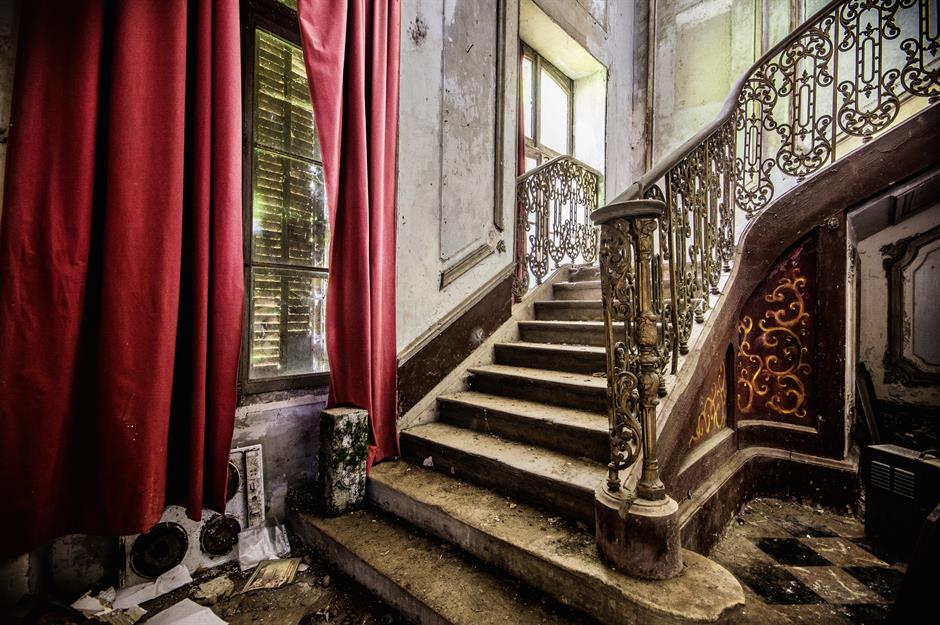
Extensive renovations were undertaken in the 1850s including the expansion of the second floor, the addition of skylights and a coat of arms mounted on the exterior. During the First World War, the chateau sat far away from the front line but was still looted by German troops. In the 1980s it was sold to a Parisian lawyer but has been left abandoned since the Second World War.
Chateau Secession, Somme, France
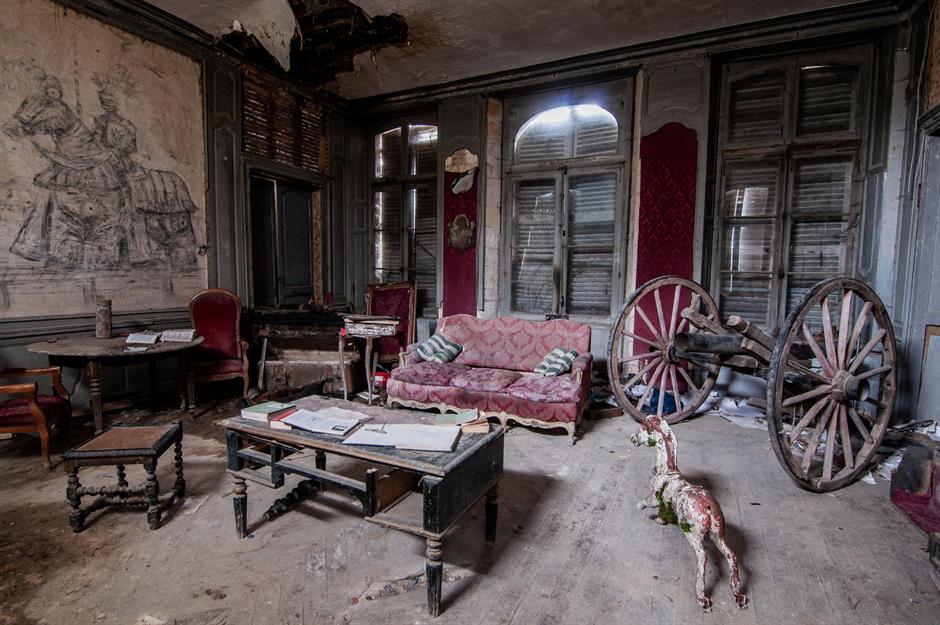
Today, the chateau is a shadow of its former glory. Deserted and in poor condition, it's filled with dust-covered furniture and old-fashioned household items. The main living room is in a state of decay with broken shutters, a peeling ceiling and faded artwork. A canon sits in the corner, one of the many amazing antique pieces that is still in situ.
Chateau Secession, Somme, France
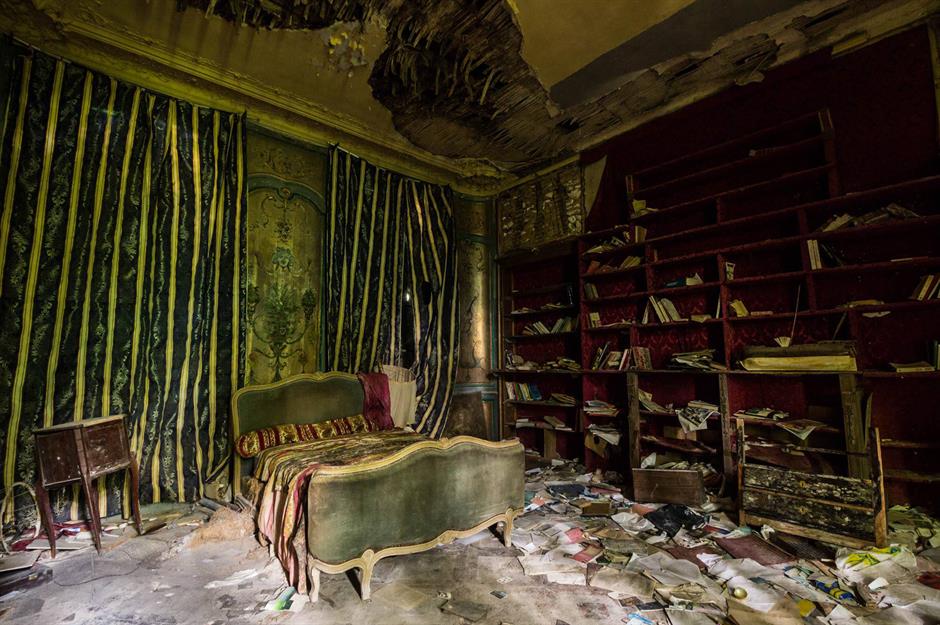
The last occupant's personal belongings have been left to rot over time. One of the bedrooms still has an eerily preserved velvet bed that has debris and paperwork all around it. More of a castle than a house, the impressive building is also surrounded by a moat and has a small chapel in the grounds.
Love a good scare? Take a look at the world's most spooky abandoned houses
Diver's Palace, Lower Silesia, Poland
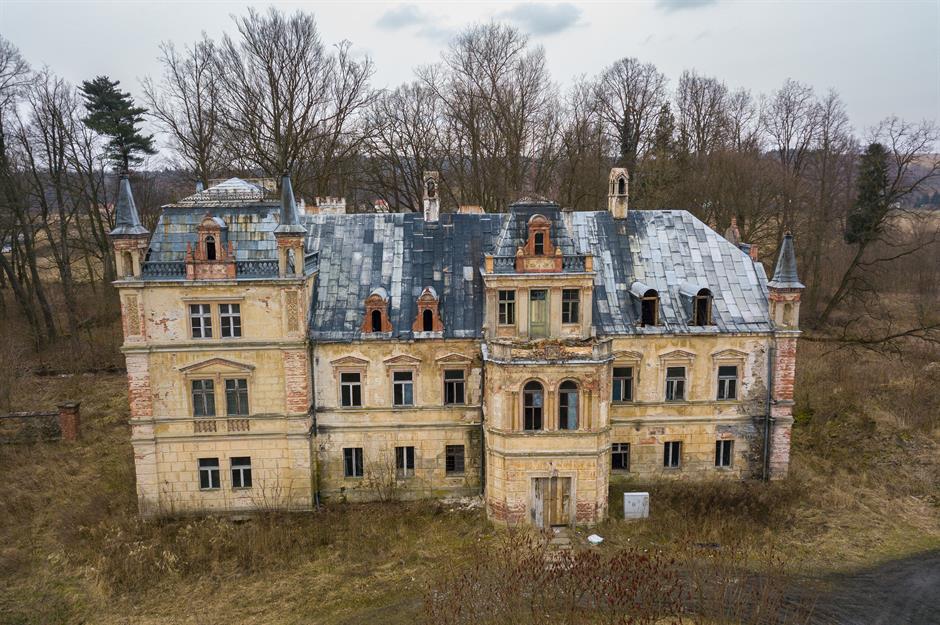
This forgotten castle in the region of Lower Silesia, Poland has been inexplicably left to the elements. While little is known about this mysterious building, the architectural style would seem to date back to the 18th century. The house proved irresistible for the urban explorers known as Broken Window Theory, and they risked life and limb to take a look around the palace...
Diver's Palace, Lower Silesia, Poland
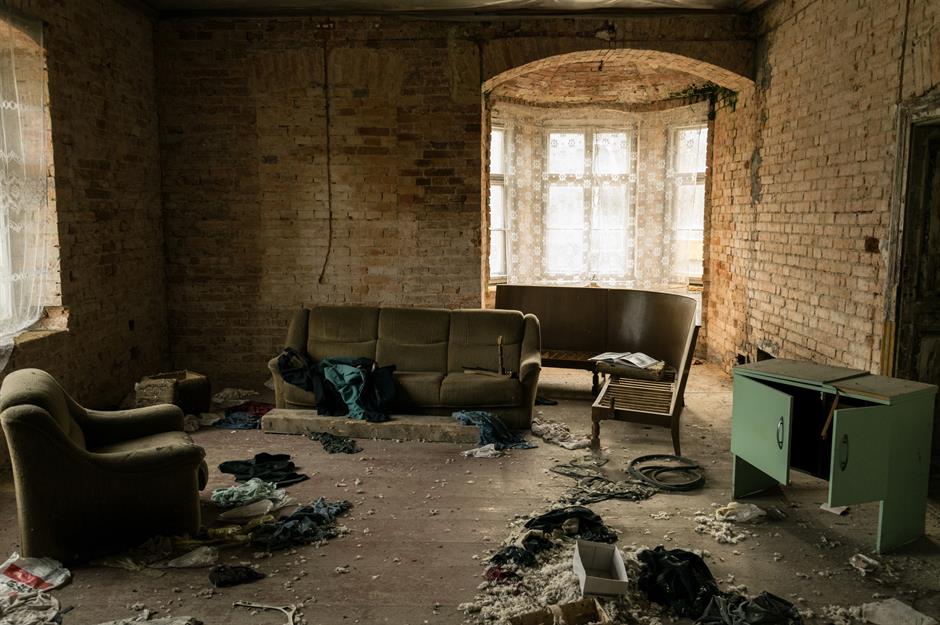
According to urban exploring (Urbex) forums, the castle has been abandoned since 2014. While the palace's history and its last known owner remains something of a mystery, there are signs of renovation work being undertaken fairly recently, with cement mixers and plastic sheeting in some of the rooms. Others still have pieces of furniture, now in a very poor state.
Diver's Palace, Lower Silesia, Poland

Located on a farm complex, the palace is surrounded by other buildings that have people living in them. It's unusual to have neighbors in close proximity to such grand empty houses; it seems this one was used for a while as there are documents written in German and Polish strewn about in what was a makeshift office.
Diver's Palace, Lower Silesia, Poland
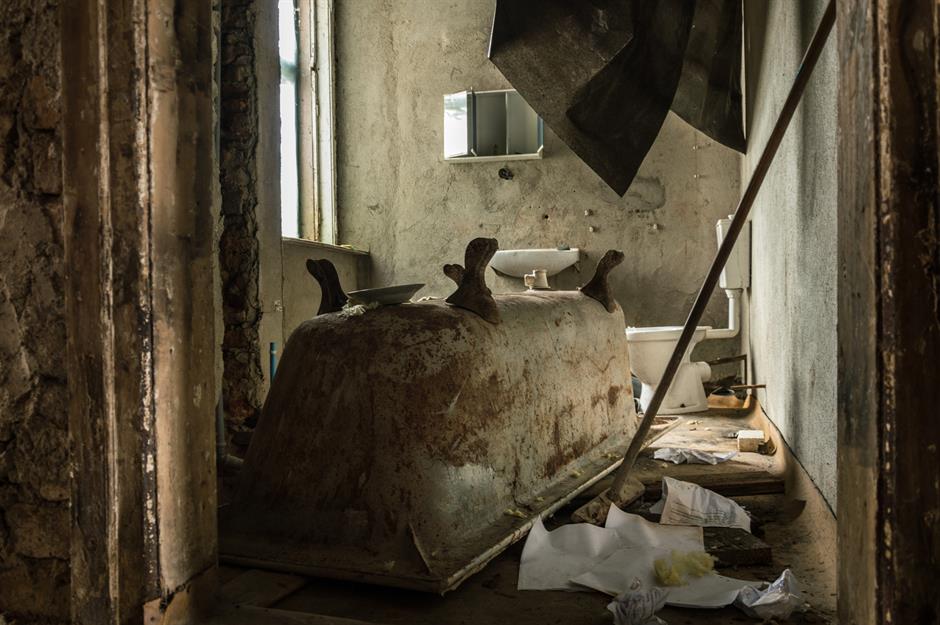
While there are still some luxury elements inside including marble steps and velvet drapes, the castle is beyond saving. Collapsed ceilings and destabilized floors mean the house can never be restored to structural integrity again.
Chateau Verdure, Paris, France
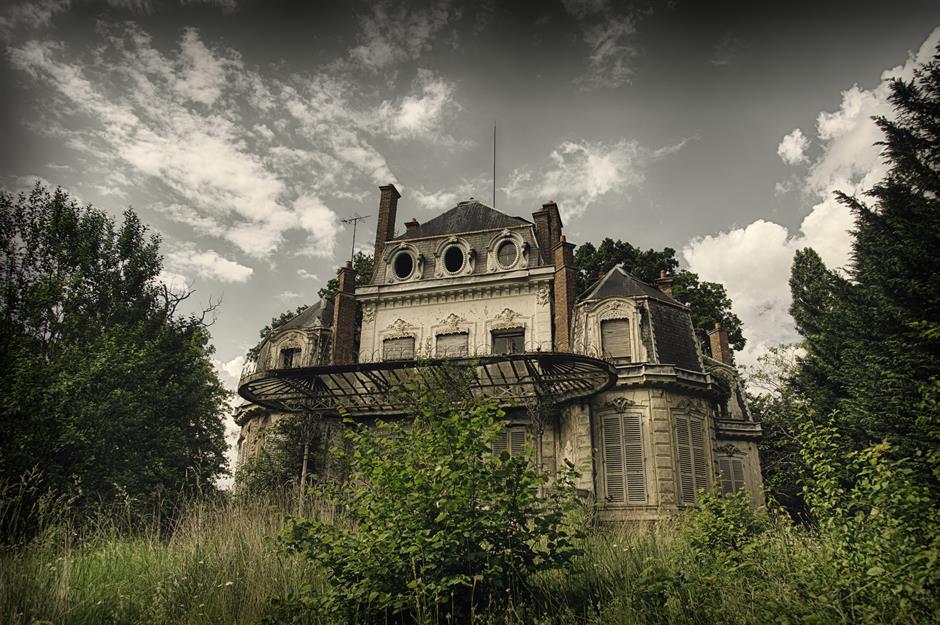
Located on the outskirts of Paris in a luxury residential area, the house known as Chateau Verdure (also the Schoolgirl's Castle or Pavlovich Manor) has sat abandoned for many years. The urban explorers who've visited this place agree that it was built in 1863, and there are rumors that this amazing house has been plagued by tragedy.
Chateau Verdure, Paris, France
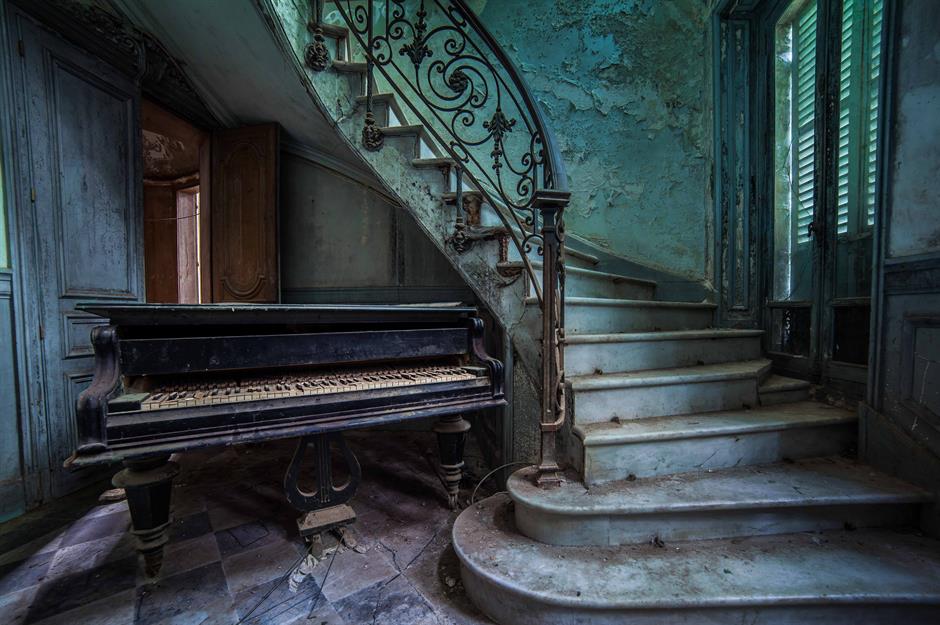
According to urban legend, the stately home was first owned by a doctor and his seamstress wife who was a victim of a road accident and died in the chateau from her injuries. Since then, it is said that any couples trying to invest in the property have suffered a tragedy in one way or another.
Chateau Verdure, Paris, France
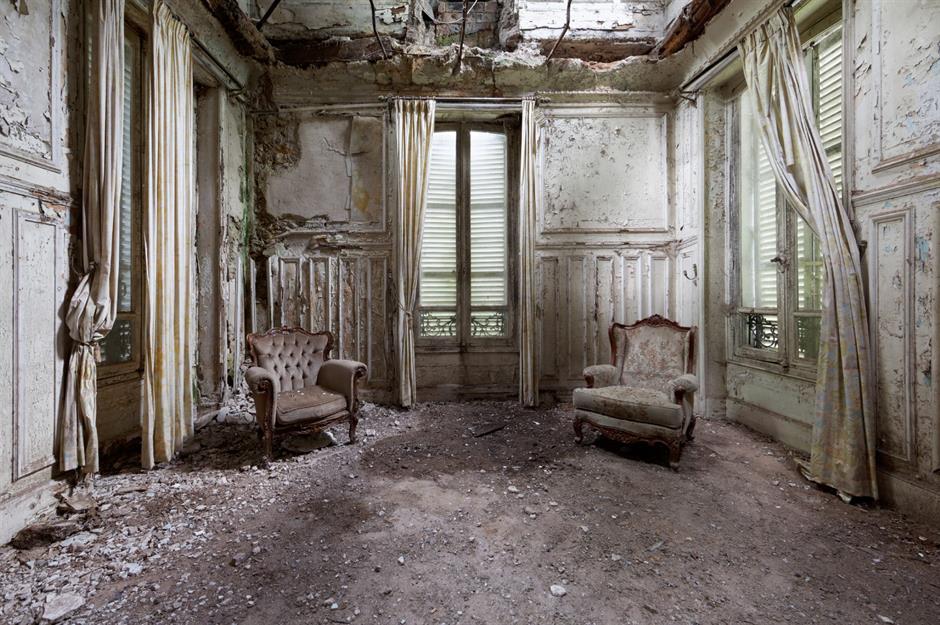
Today, the chateau is in a terrible state of disrepair but still full of magnificent features. The huge hallway boasts a grand piano and iron wrought staircase while the living spaces still have decorative wainscoting on the walls and plush (but dusty) furniture
Chateau Verdure, Paris, France
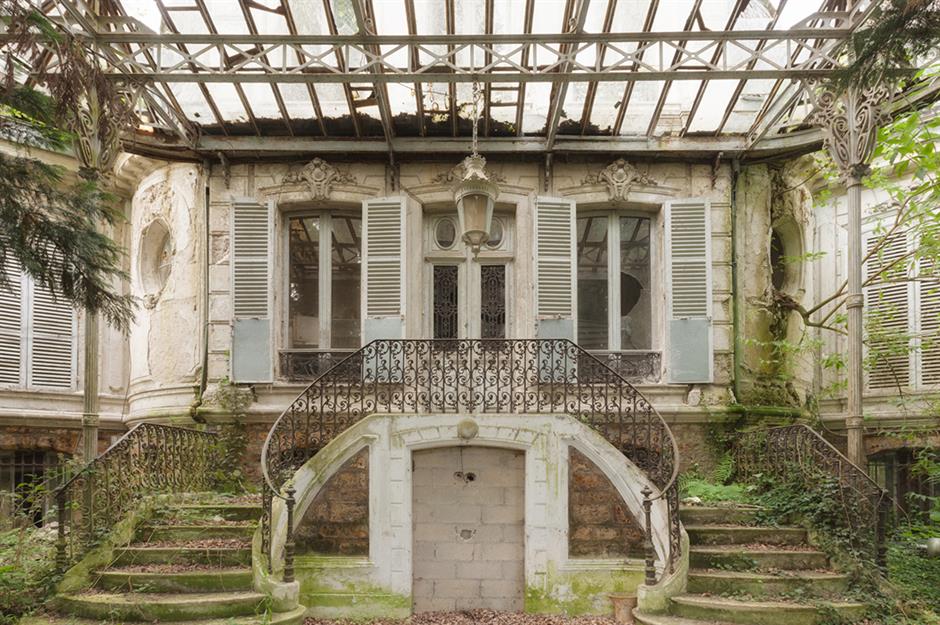
In most of the rooms on the ground floor, the ceiling has collapsed and, on entry, any brave visitors are greeted with metal supports that hold up what is left of the ceiling. Overrun with trees and bushes, the chateau is a secret treasure hidden from the world.
Feeling curious? Step inside this abandoned old house untouched for 40 years
Kirby Hall, Northamptonshire, UK
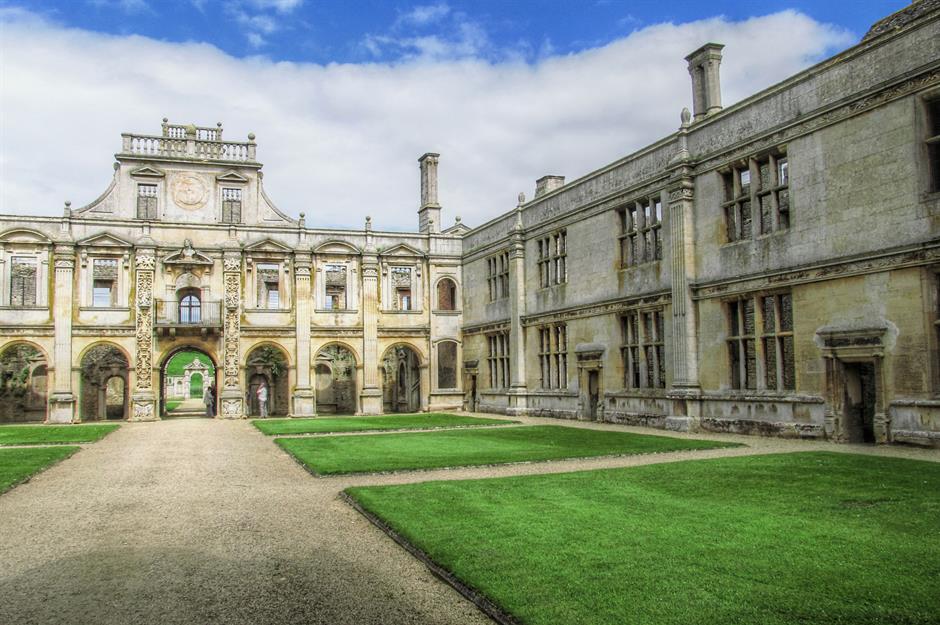
Once considered among England's greatest 16th-century buildings, Kirby Hall was most notably owned by Sir Christopher Hatton, Lord Chancellor to Queen Elizabeth I, in the 1580s. The grand façade is built from white Barnack stone and its design was taken from a book of French architectural patterns – a bit like the Elizabethan version of a flat-pack home!
Kirby Hall, Northamptonshire, UK

It remained as the Hatton family seat until 1764, when it was passed onto the Finch-Hattons and then finally abandoned in the 1800s when the family moved into a more modern build. All those years stood empty took a huge toll on the once-palatial house: the lead was stripped from the roof; the oak wainscoting was taken to decorate other houses and even the stones were used to repair farmhouses and build roads.
Kirby Hall, Northamptonshire, UK
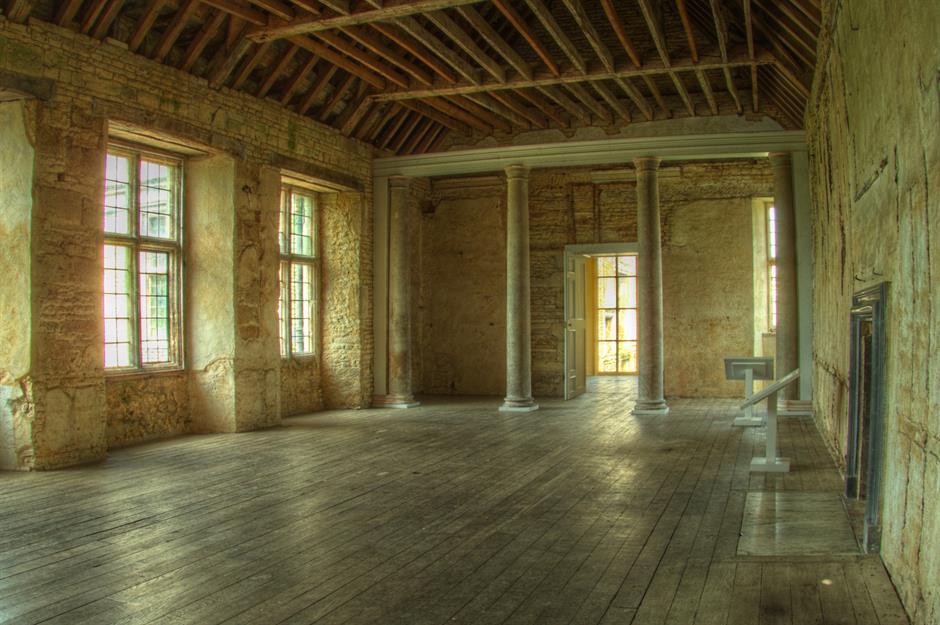
Though its origins date back to 1540, it was expanded and improved right up until it was abandoned. As well as the Great Hall on the southern side of the building, the main house features a courtyard with a series of small apartments along the east and west sides. Inside, staterooms have been left intact and still have the authentic 17th- and 18th-century interiors.
Kirby Hall, Northamptonshire, UK
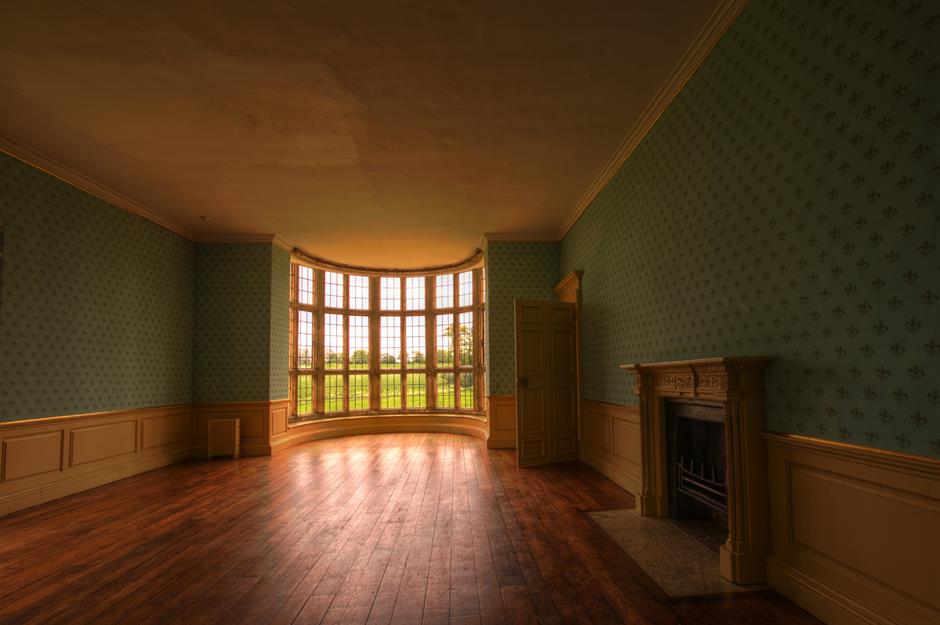
Today, the house and gardens are still in the Finch-Hatton family, owned by the current Earl of Winchilsea. Although the house has never resumed its life as a grand stately home, it has at least found fame as a filming location in Mansfield Park and Tristram Shandy: A Cock and Bull Story.
Love the royal family? Take a look inside their private homes
Łapalice Castle, Łapalice, Poland
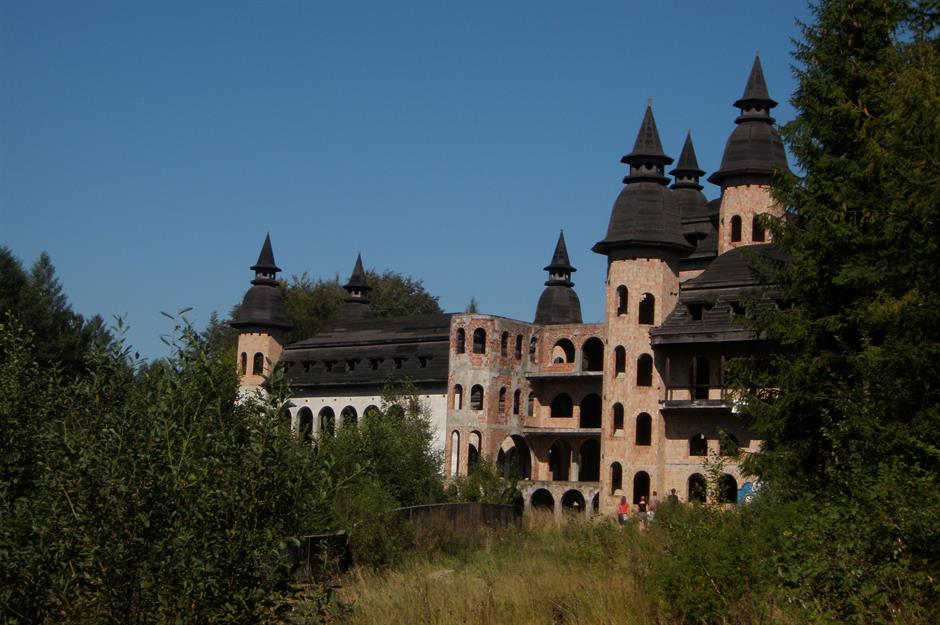
From the ancient to the fairly modern, this fairy tale-esque castle sits within the small Polish village of Łapalice. Designed to be a studio for artist Piotr Kazimierczak, construction began in 1979. The plans included a swimming pool, ballroom, ramparts and 12 towers that would represent the 12 apostles.
Łapalice Castle, Łapalice, Poland
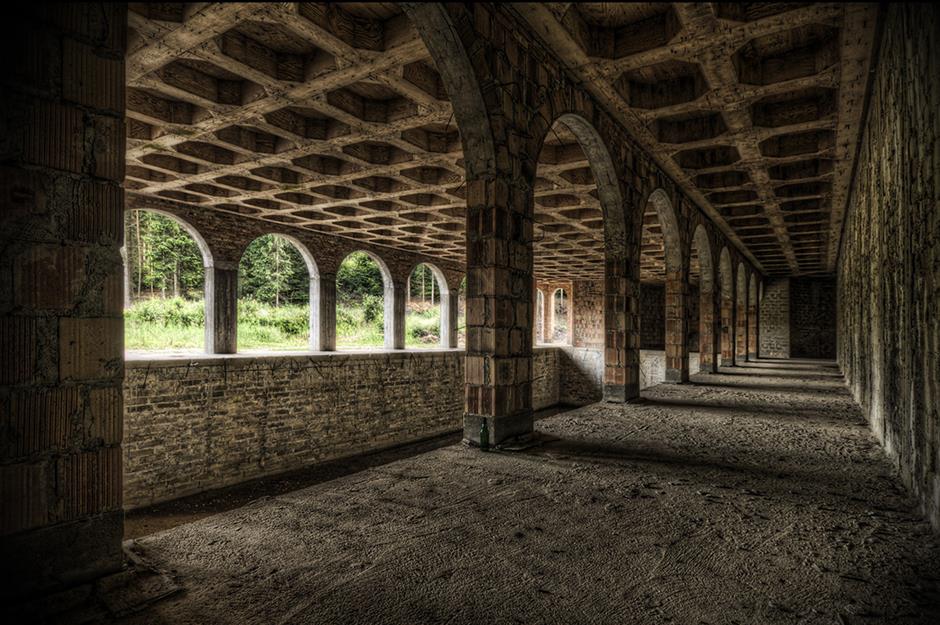
Upon starting the project, Kazimierczak set up a large furniture manufacturing plant in Święta Wojciech to raise money. However, construction soon halted when the plant closed and Kazimierczak ran out of funds. The artist also illegally tried to extend the plans onto land that he did not own, which halted the building process.
Łapalice Castle, Łapalice, Poland
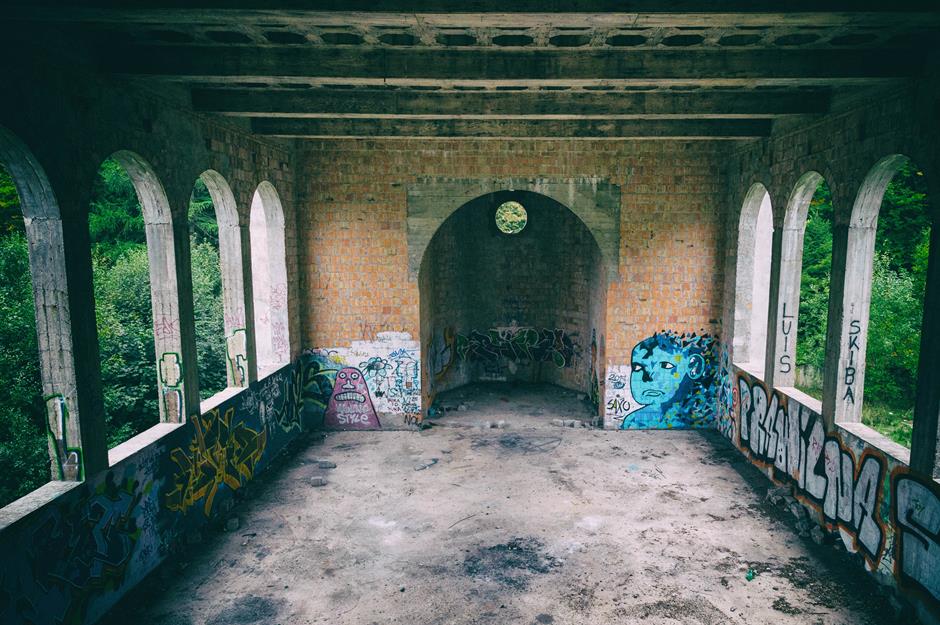
Inside, the palace was set to have wooden stucco on the walls, wooden floors and decorated caverns. The castle was designed to use construction techniques from several hundred years ago. We can only imagine how it would have looked as a finished project...
Łapalice Castle, Łapalice, Poland
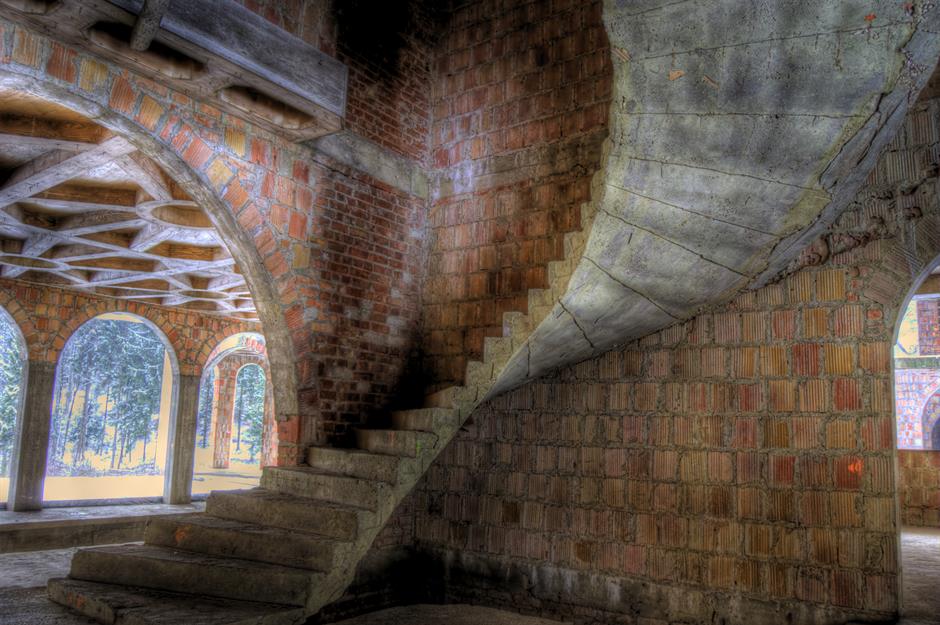
The castle was set to be the finest work of Piotr Kazimierczak's life and his ambitions for the interior can still be seen in the details that remain. Though it has now been left to rack and ruin, the artist still has high hopes he will finish the project one day.
Love this? Check out these dream castle homes that normal people have rescued
Pidhirtsi Castle, Pidhirtsi, Ukraine
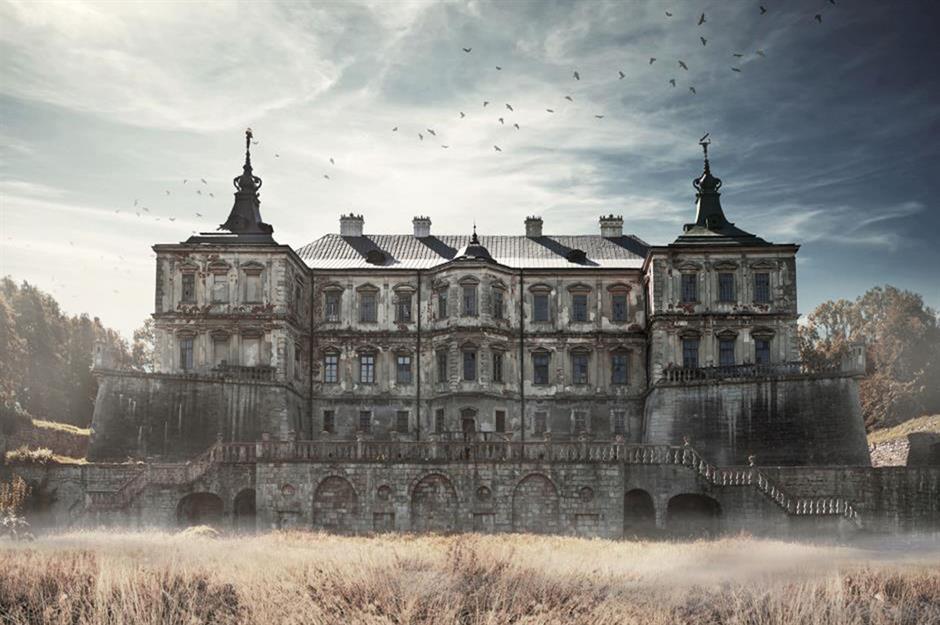
Regarded as one of the grandest buildings in Ukraine, Pidhirtsi Castle was built between 1635 and 1640 for Grand Crown Hetman Stanisław Koniecpolski of the Polish-Lithuanian Commonwealth. This spooky castle was passed down through a handful of aristocratic bloodlines until the Rzewuski family sold the property to Polish nobleman Wladyslaw Sanguszko in 1869, and the castle was inhabited until the First World War.
Pidhirtsi Castle, Pidhirtsi, Ukraine
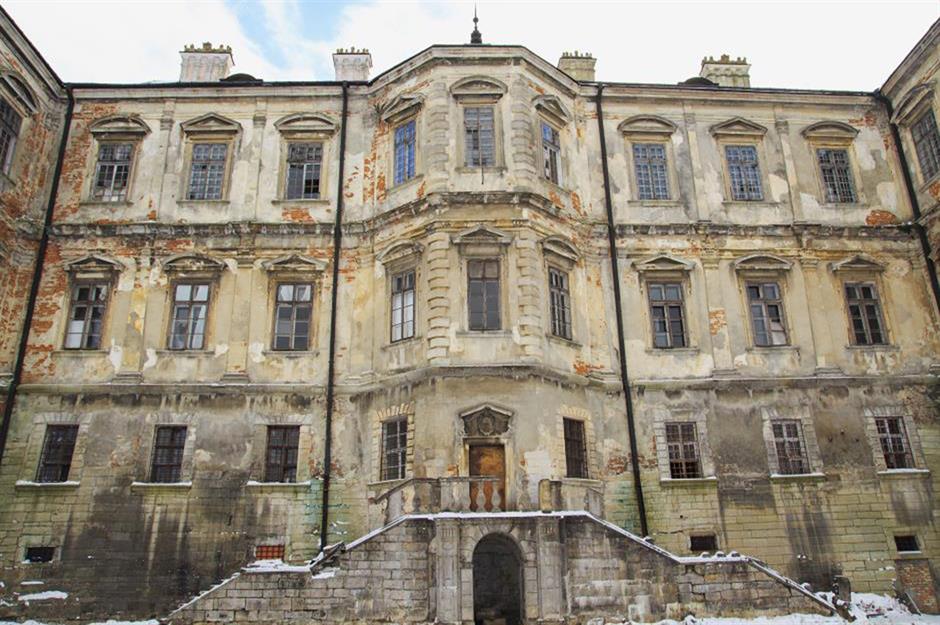
During the war, Pidhirtsi Castle was captured by Russian troops and most of its valuables were stolen. Priceless antique furnishings, paintings and fixtures and fittings, including many of the palace's exquisite marble fireplaces, were looted and the interiors ransacked. To add further to its woes, Pidhirtsi was pillaged again during the Polish-Soviet War of 1919-1921.
Pidhirtsi Castle, Pidhirtsi, Ukraine
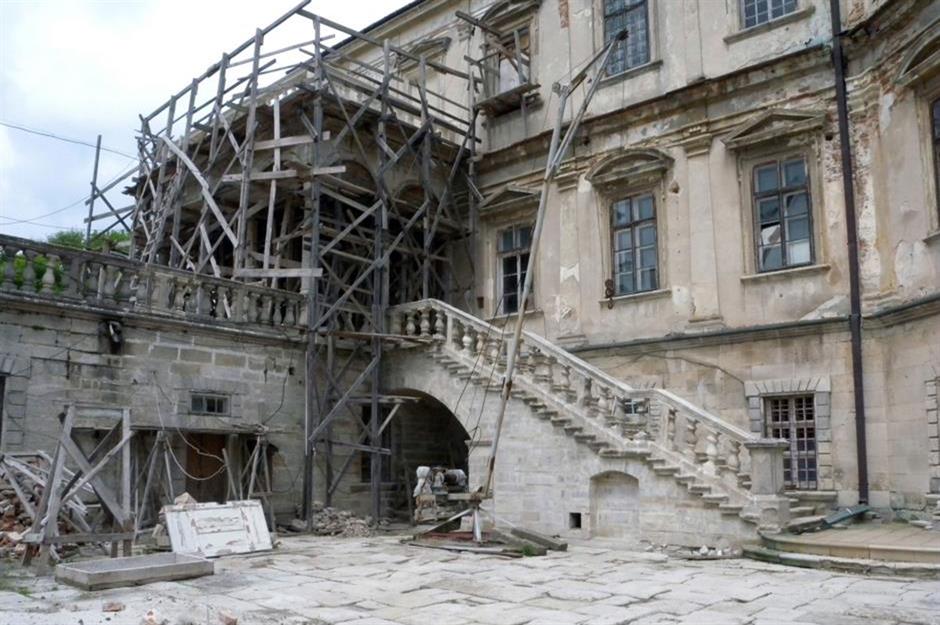
The castle was owned by Prince Roman Sanguszko of Poland during the interwar years but was in a very sorry state. At the outbreak of the Second World War in 1939, Prince Sanguszko fled to Brazil, taking most of the castle's remaining valuables with him and Soviet forces took over the house. After it was confiscated, it was used as a tuberculosis sanatorium in the post-war years.
Pidhirtsi Castle, Pidhirtsi, Ukraine
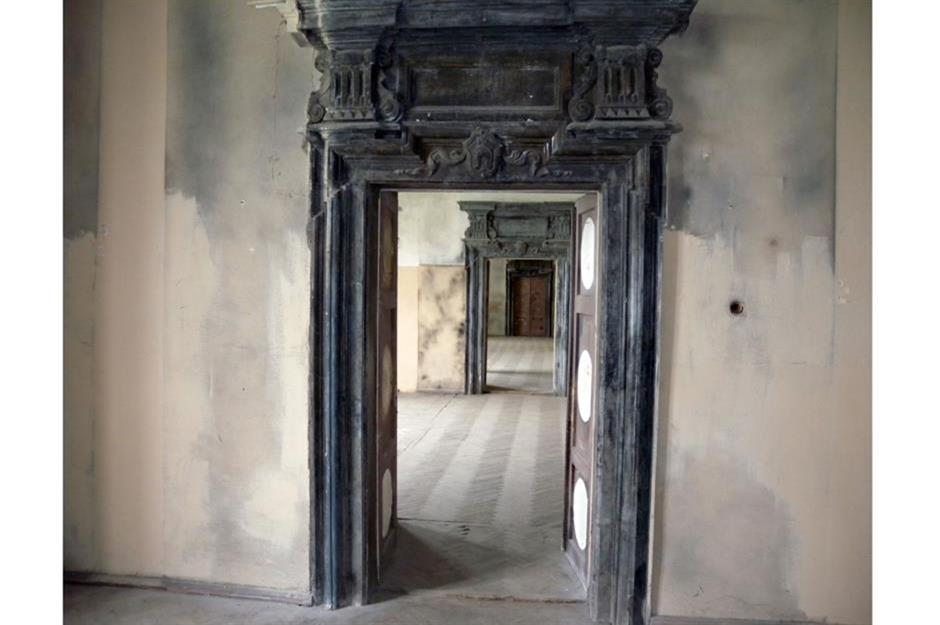
In 1956, a catastrophic fire devastated the castle and the property was abandoned. After lying empty for decades, it was bought in 1997 by the Lviv Gallery of Arts and converted into a museum. While the castle is still in pretty bad shape, the gallery is working to restore Pidhirtsi to its former glory.
Love this? Explore these dilapidated dream homes that time forgot
Sammezzano Castle, Tuscany, Italy
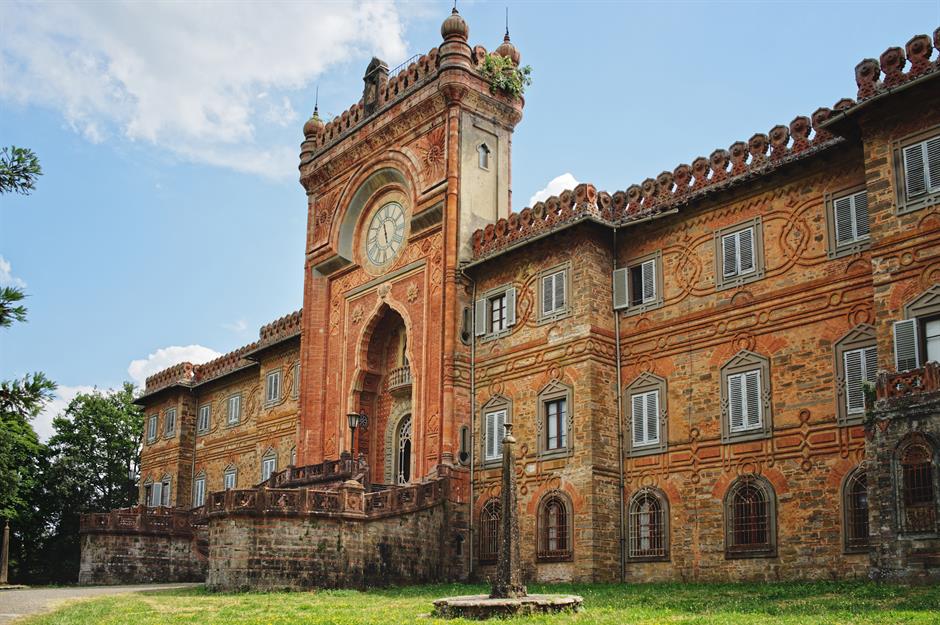
With its kaleidoscopic colors, horseshoe arches and mosaics, you'd be forgiven for thinking that this castle was a Moorish palace but Sammezzano is not quite what it seems. In fact, this incredible place was given a Moorish Revival makeover in the 1850s by the Tuscan nobleman Ferdinando Panciatichi Ximenes d’Aragona.
Sammezzano Castle, Tuscany, Italy

Inside, the elaborate décor is as pristine as the day it was made. The bright colors and glorious patterns continue to dazzle despite the building having stood empty since it was abandoned in the 1990s. Although uninhabited, the house hasn't been forsaken. Could you turn your back on such an incredible place?
Sammezzano Castle, Tuscany, Italy
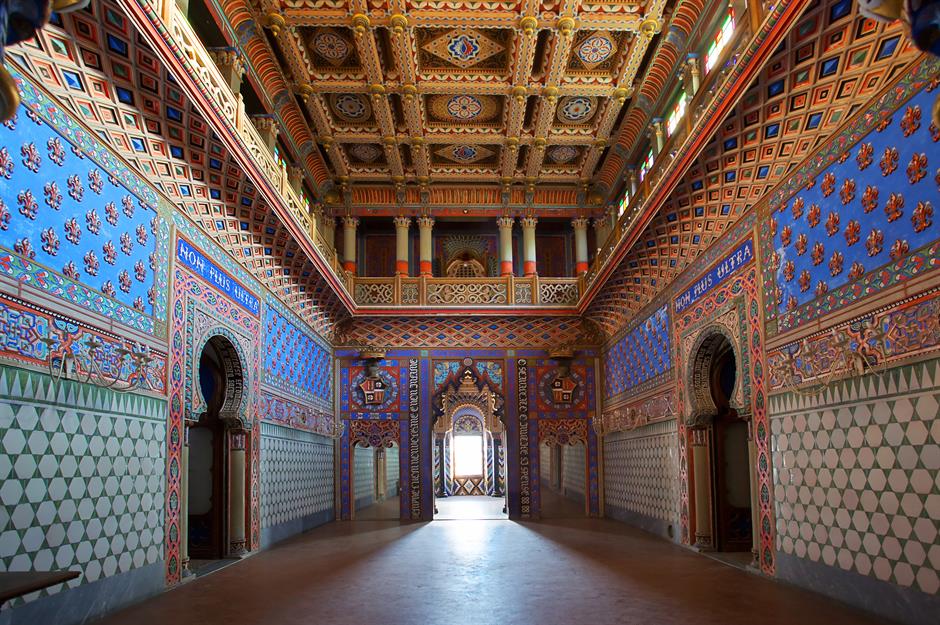
Since the 1990s, the palace has been owned by the same Italo-British company, Sammezzano Castle Srl, who intended to re-open the castle as a 5-star luxury hotel. After several failed attempts at fund-raising, a conservation group called Save Sammezzano took on the project. And not a day too soon, the years of neglect were starting to take their toll on this precious building.
Sammezzano Castle, Tuscany, Italy
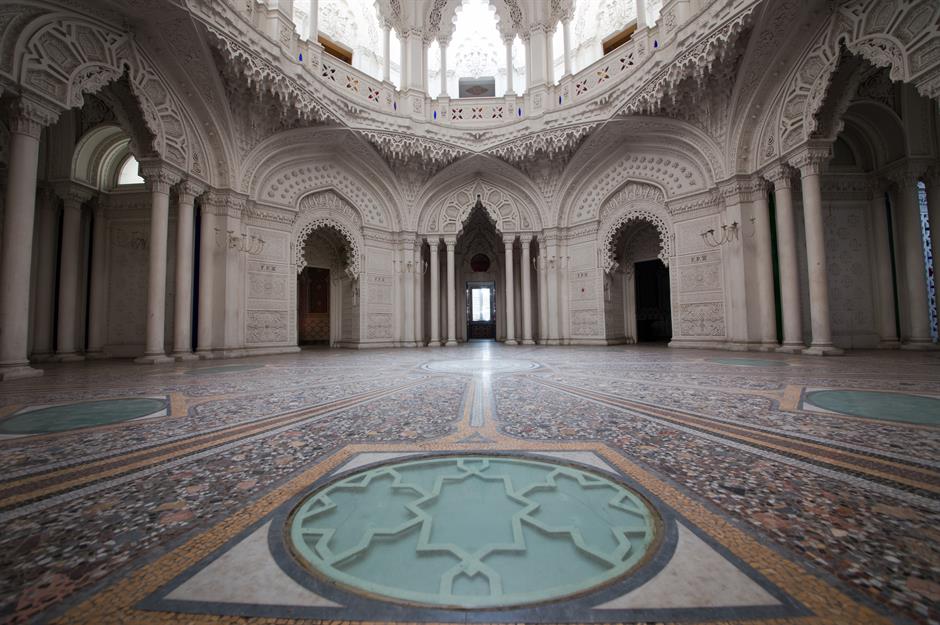
Today, the castle still doesn't have an active owner despite being put up for sale and auctioned a number of times. Last on the market for $18 million (£14.5m) in December 2018, the castle is still looking for its savior. We can only hope that a dashing prince or princess will turn up soon to save this fairy tale castle...
Villa de Vecchi, Cortenova, Italy
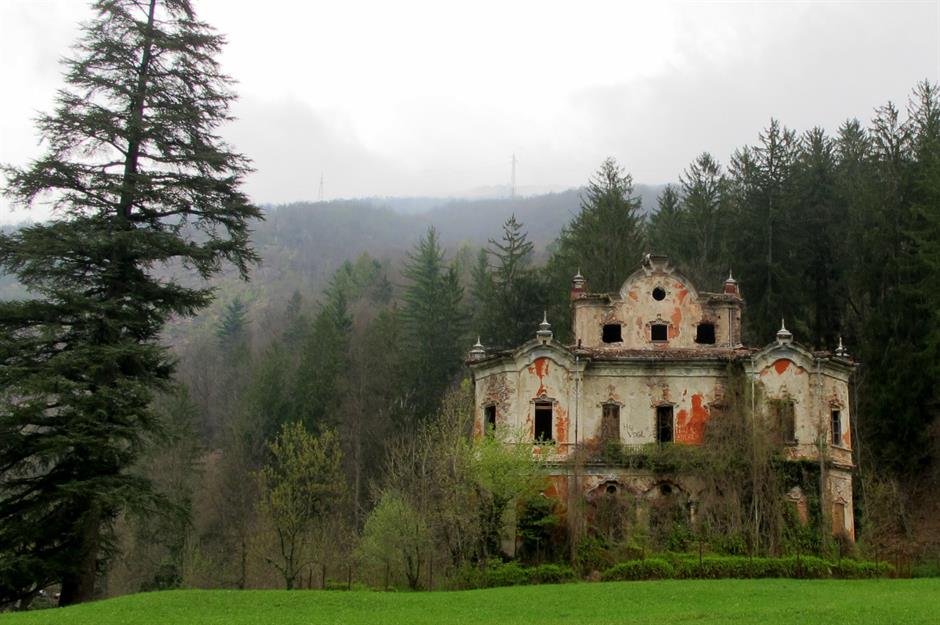
Just east of Lake Como sits Villa de Vecchi. Built between 1854 and 1857 as the summer residence of Count Felix De Vecchi, it sits within a 130,000-square-meters of park land and is a blend of Baroque and classical Eastern architecture styles.
Villa de Vecchi, Cortenova, Italy

Fitted with all the modern conveniences of the era, it had indoor heating and a large-scale pressurized fountain. The walls and ceilings were decorated with detailed frescos and a large fireplace in the main parlor. However, today tells a different story with crumbling walls and rubbish-strewn floors.
Villa de Vecchi, Cortenova, Italy
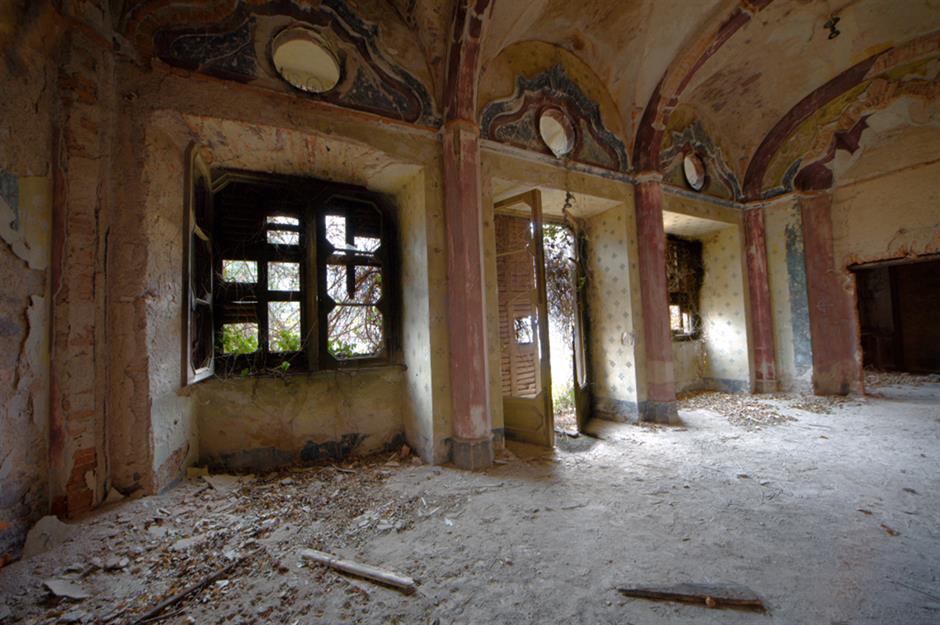
In 1862, the Count returned home to find his wife brutally murdered and his daughter missing, that same year he committed suicide in the villa. It was then passed on to the Count's brother, Biago, who left the estate for good in the midst of the Second World War. Since then, it has been permanently uninhabited since the 1960s.
Villa de Vecchi, Cortenova, Italy
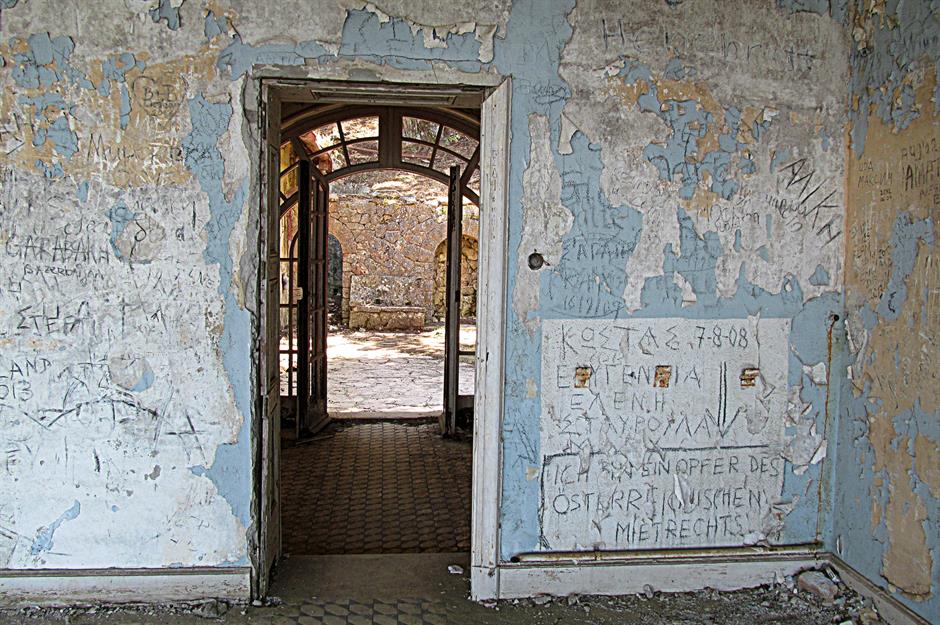
While the natural elements have taken over the home, most of the damage has been done by humans. Graffiti covers the walls and the furniture has been stolen or vandalized.
Hungry for more? Check out these abandoned American homes you can buy
Comments
Be the first to comment
Do you want to comment on this article? You need to be signed in for this feature